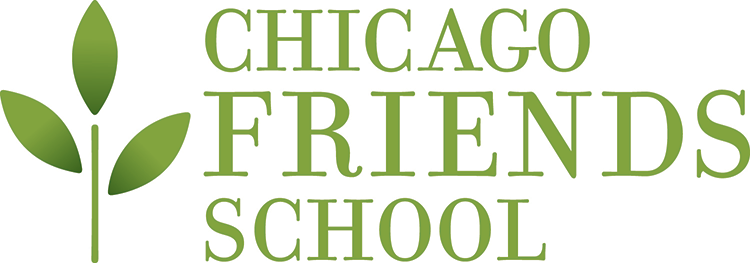How can we encourage kids to think critically from an early age? Through an activity that every child is already an expert at – asking questions! The trick is to go beyond simple “what” questions and start asking more complex “how” and “why” questions.
I decided to use the book One Plastic Bag to help us do this. This book is a true story about a girl in Gambia who decided to reduce the amount of plastic bags littering the area and killing animals who ate them. She gathered friends to help crochet items out of the plastic and sold them.
Before we got started, my class discussed what kinds of questions one can ask. When I asked students to come up with questions that started with the word “what”, hands flew up in the air. “What is that?’ “What day is it?” “What are you doing?” We figured out that answering “what” questions were pretty easy and quick. Next, I challenged the students to come up with “how” and “why” questions. It took a little longer, but students asked “How does that work?” “Why do some animals see only in black and white?” The class realized it took longer to answer “how” and “why” questions.
Then, I challenged them to generate a “what” question before reading, a “how” question during reading and a “why” question after reading One Plastic Bag. These questions help promote reading comprehension and critical thinking and encourage deep processing and understanding. I gave out three different colored sticky notes, one for each kind of question. After hearing the title of the book and looking at the cover, students began to write or draw their question and stick it up on the board. “What’s inside the bag” and “What is the book about?” During the read-aloud, students popped up to stick their questions as they thought of them. “How did the animals die” “How will the bag be used? At the end of the story, students thought about “why” questions. “Why is plastic made around the world?” “Why did the bags disappear?”
Taking time to review each other’s questions and trying to answer them allowed the students to comprehend the book on a deeper level then had we just left them. My class will continue to practice asking deeper questions with the next books that we read together!


Meghan Brtnik
is a classroom teacher on the K-2 team. Originally from Toronto, Canada, Meghan was a substitute teacher at an international baccalaureate school in Toronto and at the Latin School of Chicago. She graduated from York University, Toronto, with a M.Ed. at the primary/junior level and completed an additional qualification course in special education. Meghan earned a B.A. from the University of Western Ontario in honors psychology, focusing on the psychological and social foundations in human behavior. In addition, Meghan has worked in a Montessori school, tutored students individually, and lived and worked at an all-girls boarding school.
For fun, Meghan loves traveling, trying out new restaurants, exploring new neighborhoods, swimming, reading, and walking.